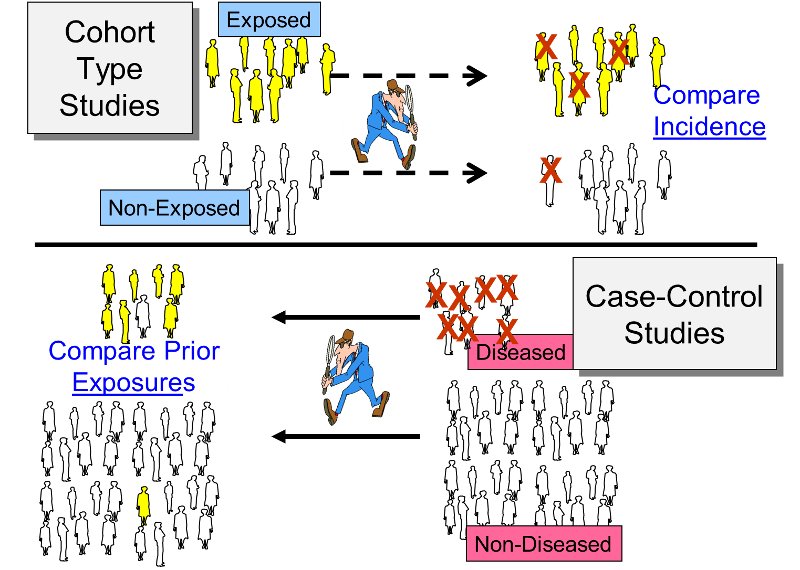Step 6: Develop Hypotheses
As noted previously, these steps are not undertaken in a rigid serial order. In fact, the order may vary depending on the circumstances, and some steps will be undertaken simultaneously. As soon as an outbreak is suspected, one automatically considers what the cause might be and the factors that are fueling it. One of the most important steps in generating hypotheses when investigating an outbreak is to consider what is known about the biology of the disease, including it's possible modes of transmission, whether there are animal reservoirs of disease, and the length of its incubation and infectious periods. Consider this Fact Sheet for Hepatitis A:
This succinct fact sheet provides excellent clues about what to look for when investigating an outbreak of hepatitis A.
Nevertheless, once descriptive epidemiology has been conducted and information about person, place, and time is available, it is useful to reflect on the collected information in order to re-evaluate and rank hypotheses about the causes. Hypotheses are generated by consciously or subconsciously looking for differences, similarities, and correlations.
- Differences: If the frequency of disease differs in two locations or circumstances, it may be due to a factor that differs in the two circumstances.
- Similarities: If there are similarities among the cases (e.g., many reported eating at a particular restaurant), then that common factor may be the cause.
- Correlations: If the frequency of disease varies in relation to some factor, then that factor may be a cause of the disease. For example, communities with low rates of measles immunization may have high rates of measles cases.
Consider the information obtaining during hypothesis-generating interviews, and also consider the location of cases (spot map) and the time course of the epidemic in relation to the incubation period of the disease (the epidemic curve).
Step 7: Evaluate Hypotheses
The next step is to evaluate the hypotheses. In some outbreaks the descriptive epidemiology rapidly points convincingly to a particular source, and further analysis is unnecessary. For example, in 1991 Massachusetts had an outbreak of vitamin D intoxication in which all of the affected cases reported drinking milk delivered to their homes by a local dairy. Inspection of the dairy revealed that excessive quantities of vitamin D were being added t the milk. However, in other situations the source is unclear, and analytic epidemiology must be utilized to more formally test the hypotheses.
There are two general study designs that can be used in analytical epidemiology: a cohort study or a case control study. Both of these evaluate specific hypotheses by comparing groups of people, but the strategies for sampling subjects for the study are very different. The following illustration summarizes the key differences between these two study designs.



